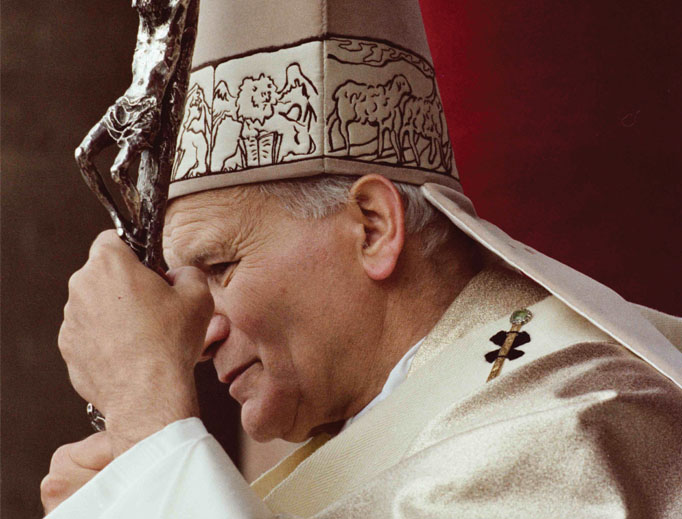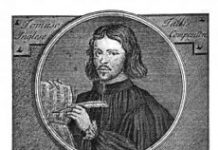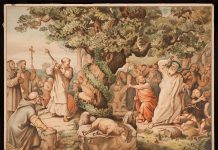(At the very beginning of his pontificate, Pope Saint John Paul II made a pilgrimage to the church of Santa Maria in Vallicella, commonly called the ‘Chiesa Nuova’, which was constructed under the auspices of Saint Philip Neri in founding the Oratory, and still stands as the Oratory’s original and principal church. Here is the reflection the great Pontiff offered on that occasion.) Ed.
VISIT TO “CHIESA NUOVA”
DEDICATED TO SAINT MARY IN VALLICELLA
HOMILY OF HIS HOLINESS JOHN PAUL II
26 May 1979
Beloved Brothers and Sisters!
I could not fail to visit this holy place, loved by the Romans, to venerate the one who was designated “The Apostle of Rome”, St Philip Neri, the Joint Patron Saint of this noble City.
My coming was a duty, it was a need of the soul and it was also an anxious expectation! In this Church, where St Philip Neri’s body rests, I address first of all my most cordial greeting to the priests, his confreres.
But then with special love I greet you the faithful, and in you I intend to reach all the faithful of Rome, the city of St Philip Neri, which he loved and benefited so much, and in which his living and sanctifying memory is still present.
You know that in the period in which he stayed in Rome, from 1534, when he arrived an unknown and poor pilgrim, to 1595, the year of his blessed death, St Philip Neri had a very deep love for Rome! He lived, worked, studied, suffered, prayed, loved, died, for Rome! He had Rome in his mind, his heart, his concerns, his plans, his institutions, his joys and also his sorrows! For Rome, St Philip was a man of culture and charity, of study and organization, of teaching and prayer. For Rome, he was a holy priest, a tireless confessor, a brilliant educator and a friend of all, and particularly he was an expert counsellor and a delicate director of consciences. Popes and cardinals, bishops and priests, princes and politicians, religious and artists, had recourse to him: illustrious persons, such as the historian Cesare Baronio and the famous composer Palestrina, St Charles Borromeo and St Ignatius of Loyola, and Cardinal Federigo Borromeo, confided in his heart, the heart of a father and friend.
But that poor, little room in his apartment was above all the goal of an immense multitude of humble persons of the people, the suffering, the disinherited, the outcasts of society, young people, children, who flocked to him, to receive advice, forgiveness, peace, encouragement, material and spiritual aid. St Philip’s beneficial activity was such and so great that the Magistrature of Rome decreed to give a chalice to his church every year on the anniversary of his death, as a sign of veneration and gratitude.
Living in a dramatic age, intoxicated by the discoveries of human genius and of classical and pagan art, but which was going through a radical crisis owing to the change in mentality, St Philip, a man of deep faith and a fervent, brilliant and far-sighted priest, endowed also with special charisms, was able to maintain intact the deposit of truth received and handed it down, complete and pure, putting it into practice entirely in his life and proclaiming it uncompromisingly.
For this reason his message is always a topical one and we must listen to him and follow his example.
In the precious mine of his teachings and the anecdotes about his life, always so interesting and fascinating, some perspectives can be said to be particularly relevant for the world today.
(To continue reading, please see here).











